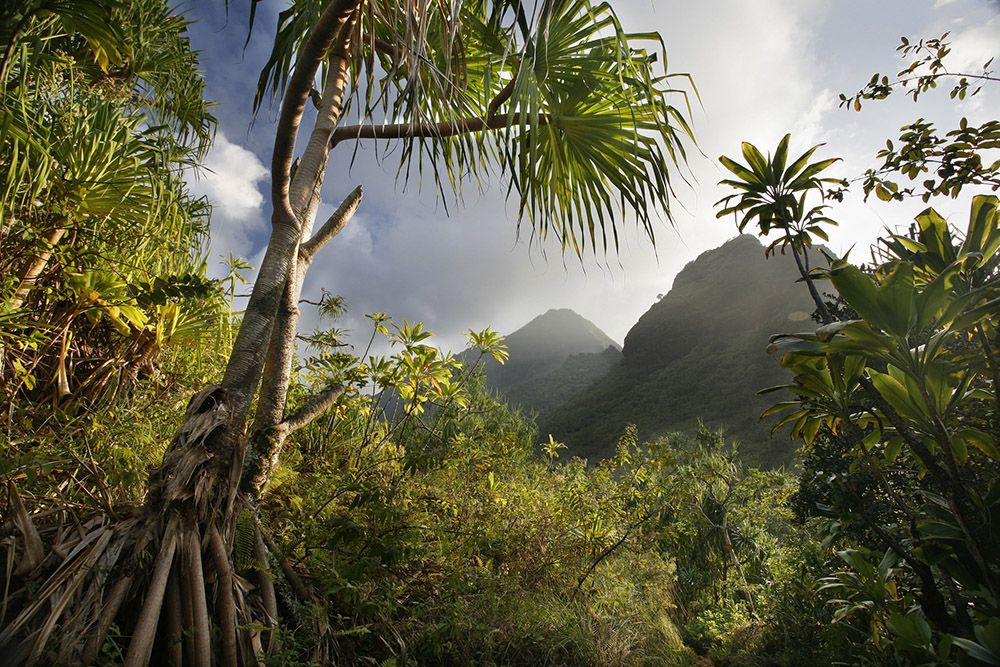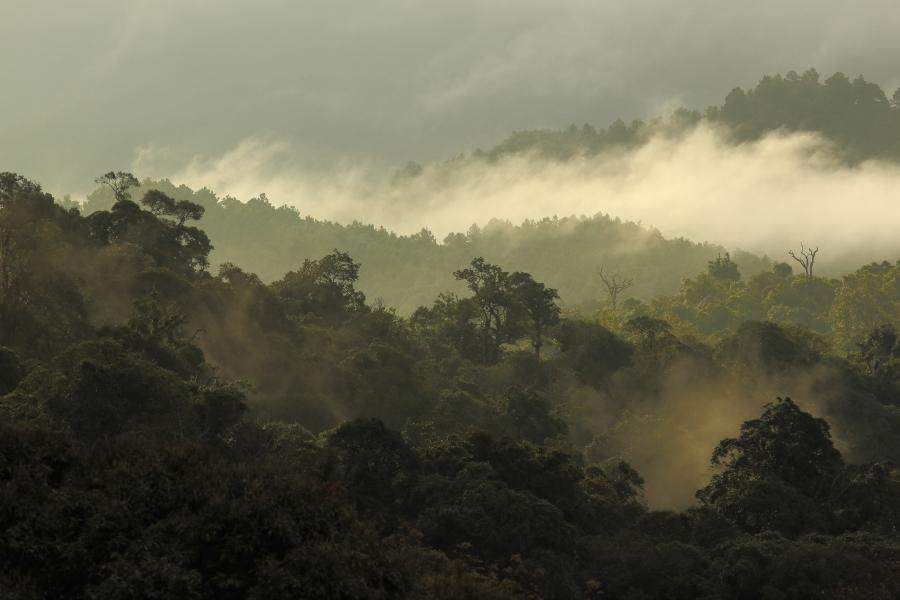Tropical Forests in Our Daily Lives
4 min read
Do you think of tropical forests as faraway places that have nothing to do with your daily life? Think again. You rely on these amazing places more than you know.
Even if you’ve never been lucky enough (yet) to visit one of the Earth’s dreamy, mist-enshrouded tropical forests—like the Amazon rainforest or Indonesia’s Bukit Barisan Selatan National Park—we are closely connected to these forests and the people who live there. In fact, we all rely on tropical forests in our daily lives—and in ways that might surprise you!
That’s why the Rainforest Alliance has made it our mission to protect tropical forests. From Central America to Southeast Asia, we partner with rural and Indigenous communities in the world’s most threatened forest landscapes. Together, we work to promote nature-friendly practices, like regenerative agriculture and agroforestry (where shade loving crops like coffee are grown under the protective canopy of taller trees). Proven solutions like these keep trees standing, ensure healthy soils and clean rivers, and provide welcoming forest habitats for wildlife—and all while helping to advance the rights and well-being of the communities we work with.
Tropical forests and me
Another big part of our mission is to show individuals that everyone can do their bit to protect tropical forests. And it doesn’t matter where you live. Small choices can have a big impact: Whether you’re buying bananas at the supermarket or ordering a hot chocolate at your local café, if you choose to buy products that have been grown and sourced more sustainably, then you’re actively encouraging companies to invest in sustainability, and this in turn supports the rural communities working hard to protect our tropical forests.
Here are just some of the ways that tropical forests feature in our daily lives:
Food
Did you know the world’s most popular fruit, the banana, originally comes from the rainforest? Other favorite foods that originate from tropical forests include avocado, citrus fruits, like oranges and lemons, as well as cashews, Brazil nuts, and a certain spice enjoyed by ice-cream lovers the world over—vanilla! And let’s not forget three extremely popular tropical commodities that many of us couldn’t imagine going a day without: coffee, tea, and cocoa.
If we are not careful, however, our appetites could destroy the forests that gave them to us. Agriculture alone is responsible for more than 90 percent of tropical deforestation—but it doesn’t have to be this way. The Rainforest Alliance partners with more than four million farmers and farmworkers to promote more sustainable growing practices, (like organic composting and rainwater harvesting), while boosting crop yields and helping farmers adapt to climate change.
Medicine
Many of the medicines prescribed by doctors today are derived from plants found in tropical forests. Medications to treat or cure inflammation, rheumatism, diabetes, muscle tension, malaria, heart conditions, skin diseases, arthritis, glaucoma, and hundreds of other illnesses, all come from tropical plants.
Shelter
Tropical forests yield some of the most beautiful timber in the world, such as teak, mahogany, rosewood, balsa, and sandalwood. These wood products surround us at home and in offices in the form of furniture, cabinets, paneling, and more. But just like farming, logging can either nurture or destroy an ecosystem. That’s why it’s up to all of us—companies, consumers, and forest communities—to support more responsible timber production.
Our community partners in Guatemala’s Maya Biosphere Reserve prove that it’s possible to develop forest-based enterprises in harmony with nature. In fact, they’ve achieved near net-zero deforestation rates for more than 20 years thanks to their world-renowned community forestry model.
Cleaning, cosmetics, and more
Tropical forest oils, gums, and resins are used in insecticides, rubber products, fuel, paint, varnish, and wood finishing products. And tropical oils are key ingredients in cosmetics, soaps, shampoos, perfumes, disinfectants, and detergents.
Climate Control

As we always say: forests are our best defense against climate change. They are one of the world’s primary carbon reservoirs—absorbing carbon dioxide from the air, storing it, and generating oxygen. In fact, the world’s forests store a staggering 861 gigatons of carbon—that’s the same as nearly a hundred years’ worth of annual fossil fuel emissions at the current rate. But by stopping forest destruction, we prevent a huge amount of carbon from going into the atmosphere. And by promoting Earth-friendly planting and management of young forests, we absorb large amounts of atmospheric carbon.
But that’s not all. Forests are vital to the hydrological cycle (rain and water), and act as the world’s thermostat, regulating temperatures and weather.
The Future
Scientists have recently warned that carbon emissions from tropical deforestation are far higher than previously thought and have actually doubled in the last two decades—and continue to rise. Our world is facing the greatest extinction crisis since the fall of the dinosaurs some 65 million years ago. The future of many of Earth’s plants and animals will be determined within the next few decades. Because we are so dependent on nature’s great bounty, we need to act responsibly, be good stewards of the Earth’s tropical forests, and do all we can to ensure that forests—and their many gifts—are around for future generations.





